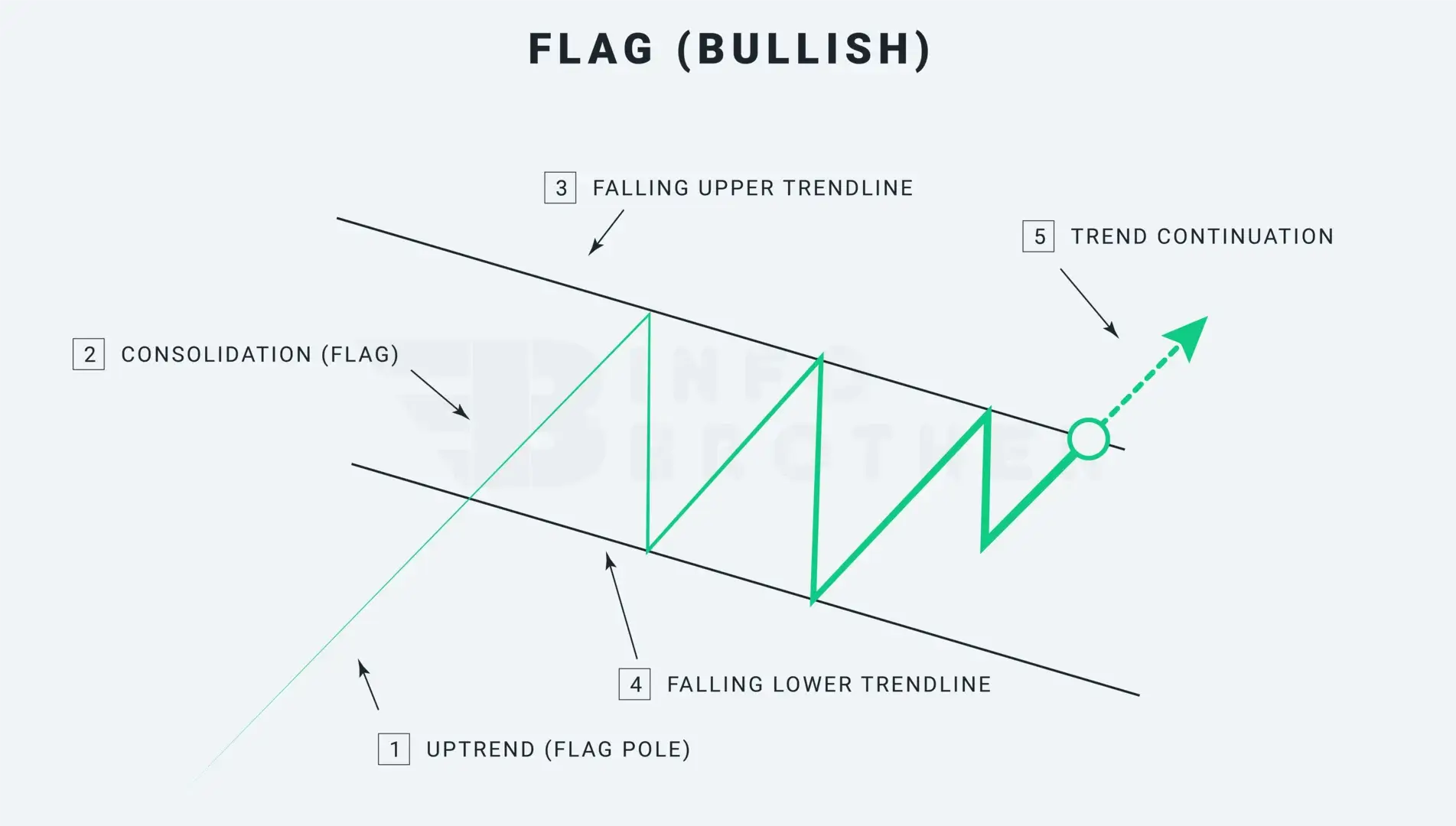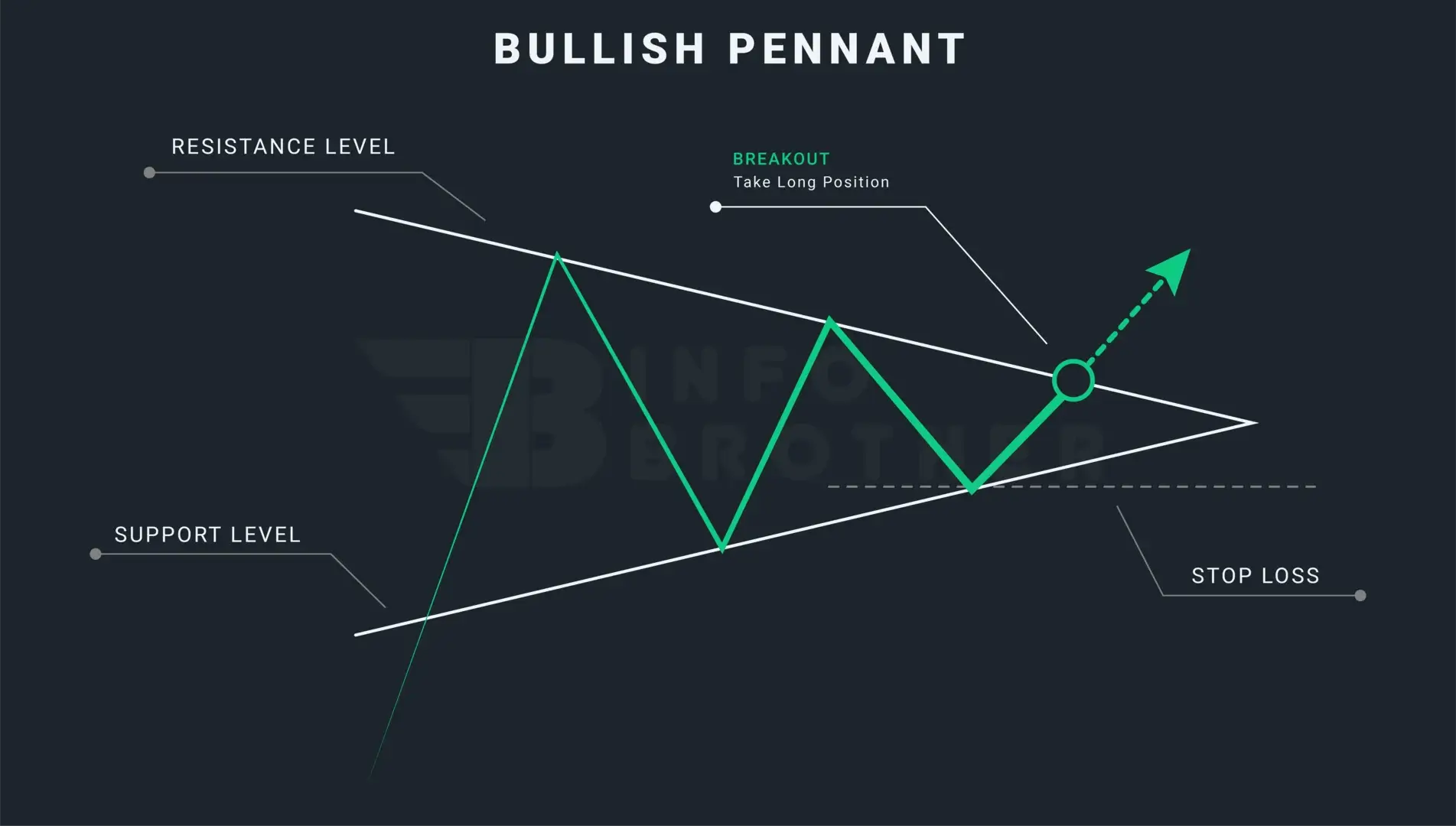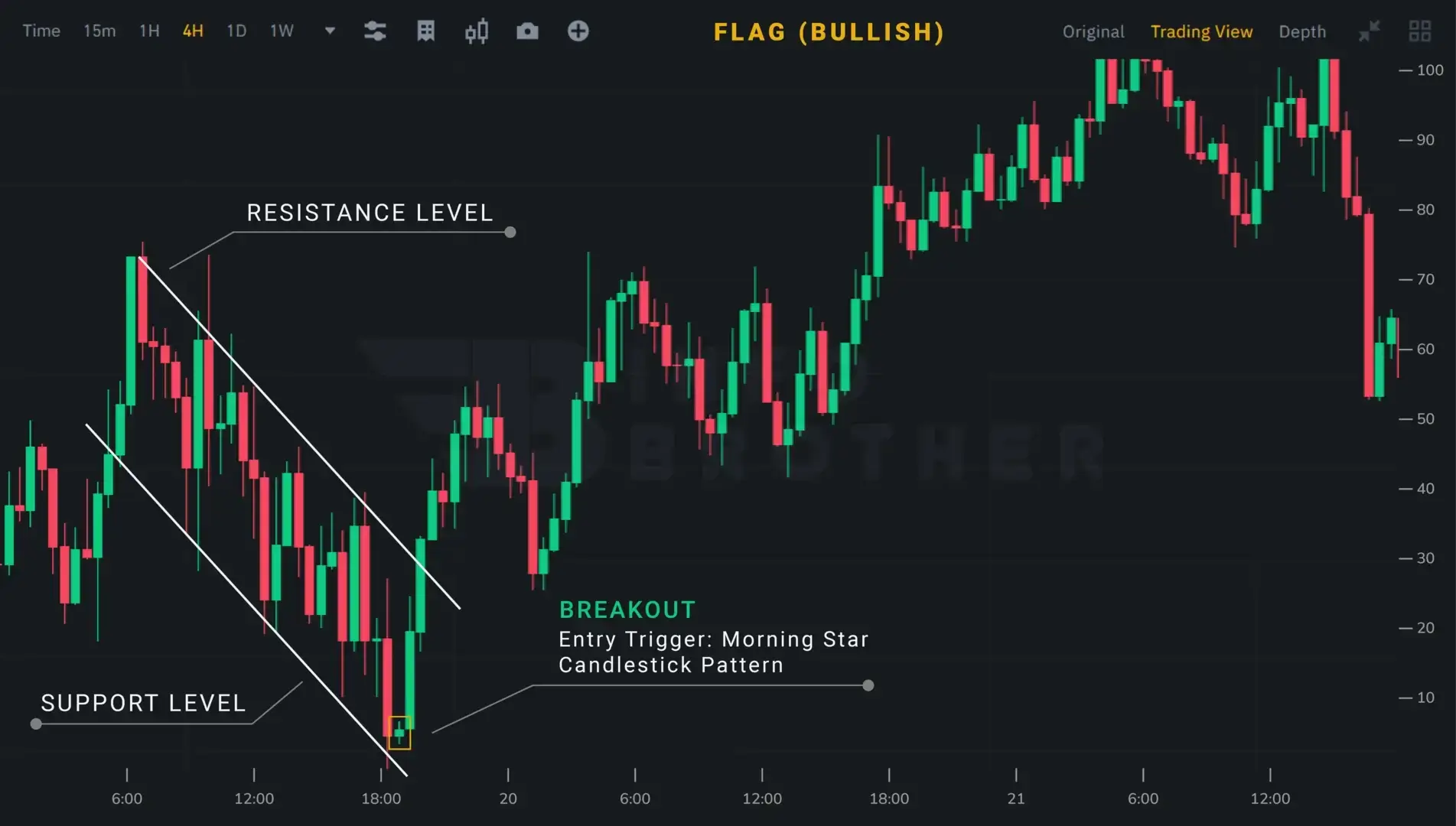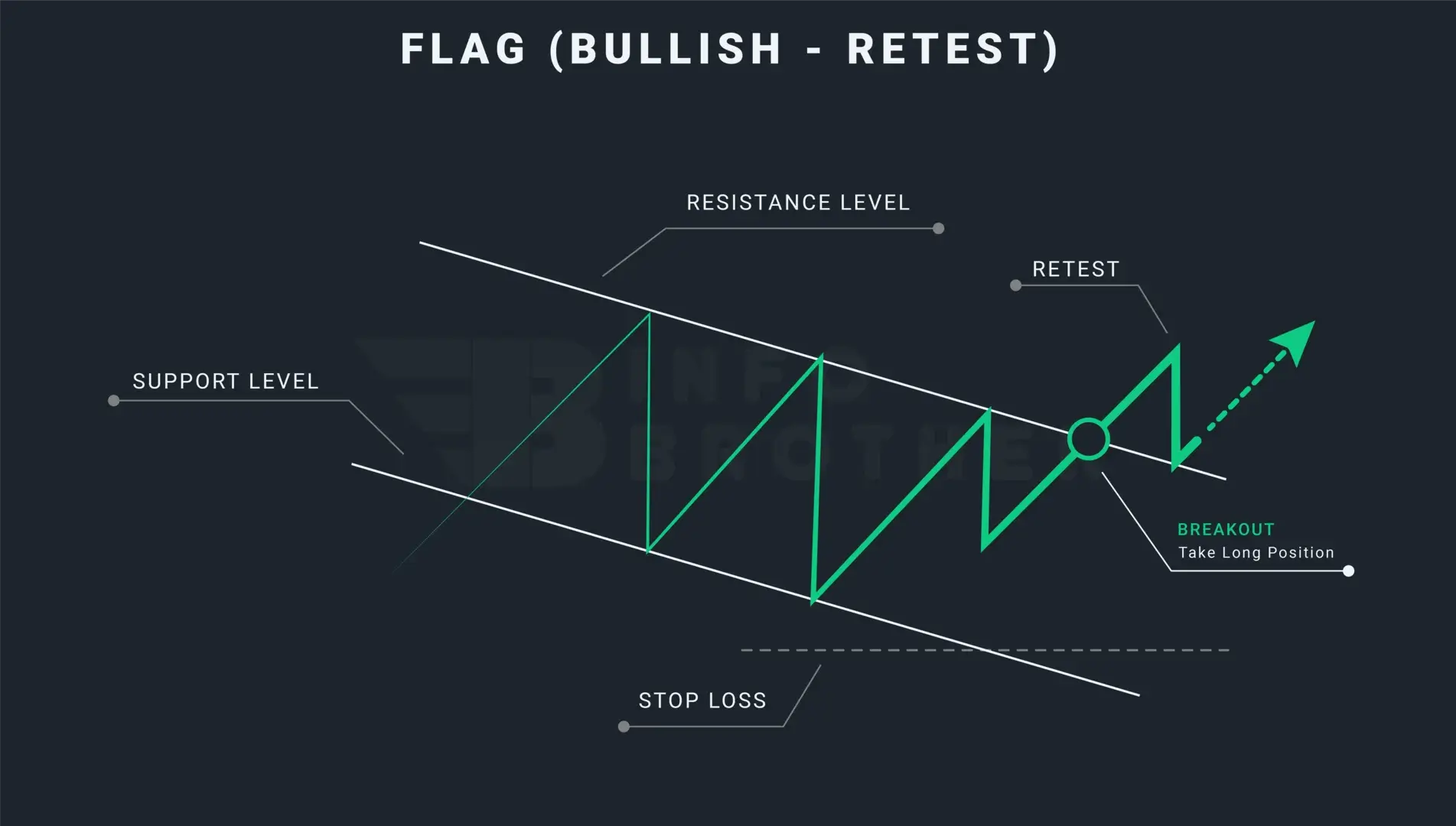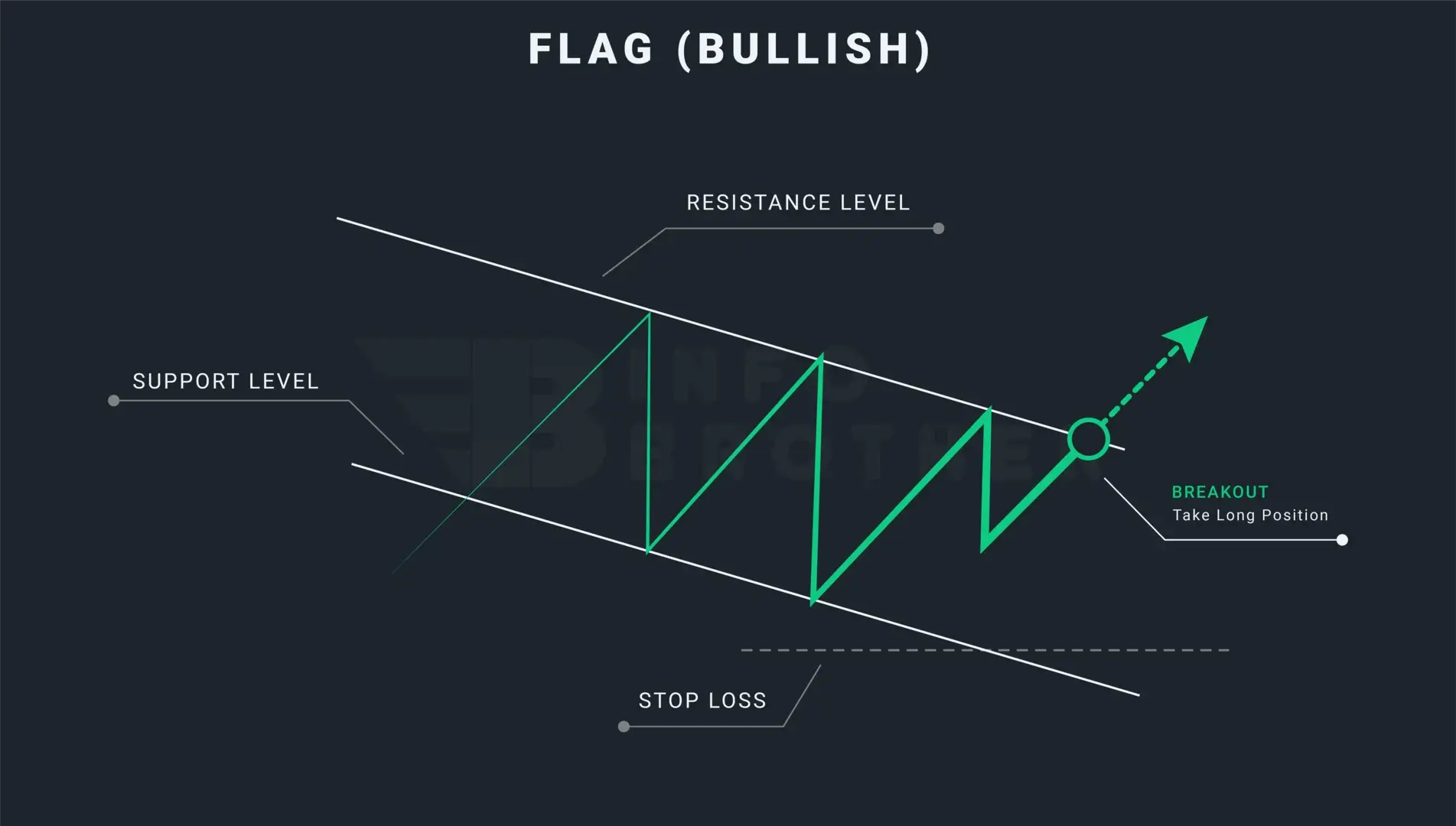
Bullish Flag
How to trade bullish flag pattern?
Experienced traders have a wide range of methods at their disposal. The flag pattern, on the other hand, is one of the most popular and significant strategies. The flag patterns enable traders to engage in trending markets and comprehend price changes, as well as risk management measures to create low-risk entrances. In this chapter, we'll look at what a bullish flag pattern is and how to spot one in a trending market. We'll also study trading tactics to make the bullish flag pattern more rewarding.
| Name: | Bullish Flag |
|---|---|
| Forecast: | Continuation Pattern |
| Trend prior to the pattern: | Uptrend |
| Opposite pattern: | Bearish Flag |
| Accuracy rate: | 98% |
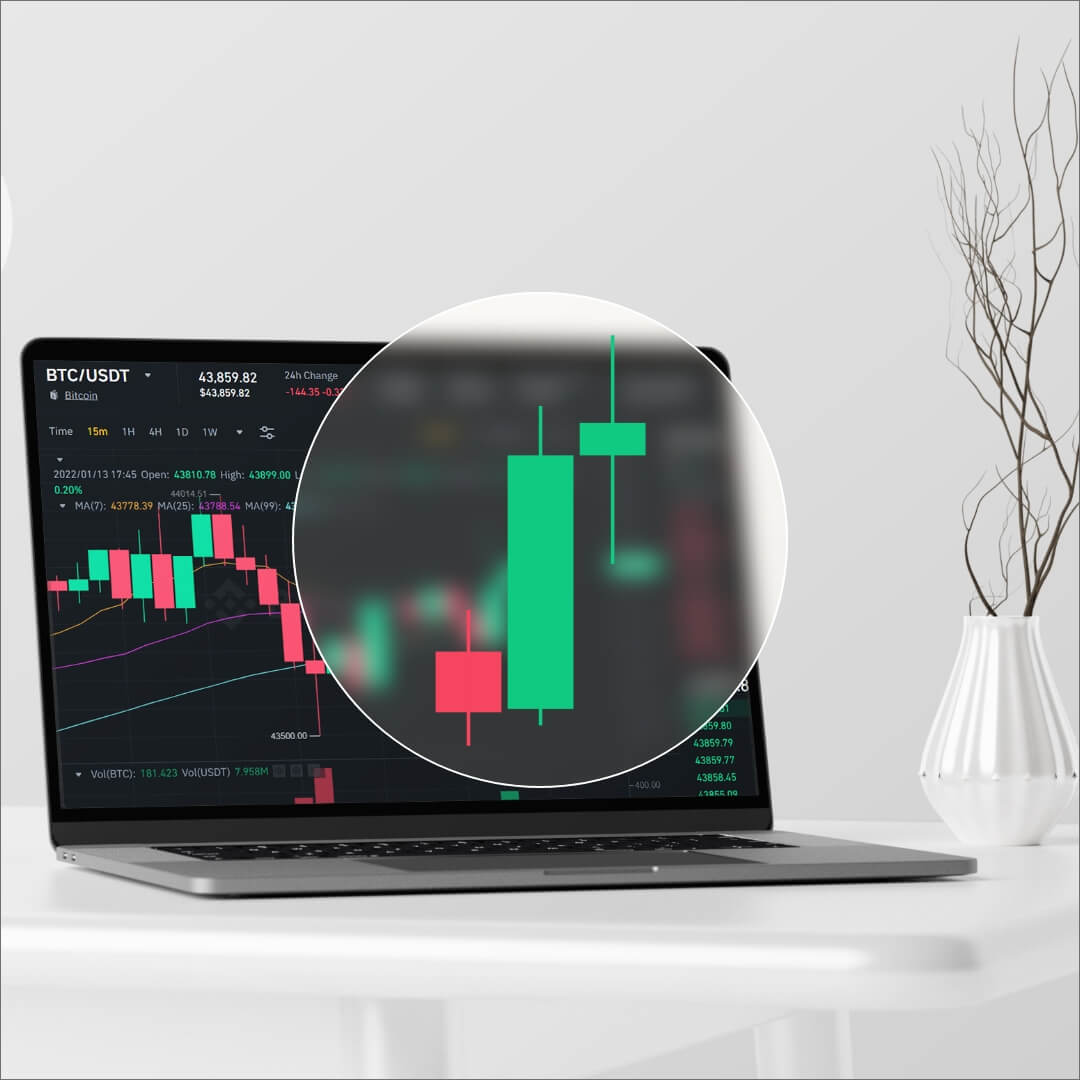
Technical Analysis: Candlestick Trading For Beginners
This course will teach you how to utilize Japanese candlestick patterns to predict market turns.
Selected Reading
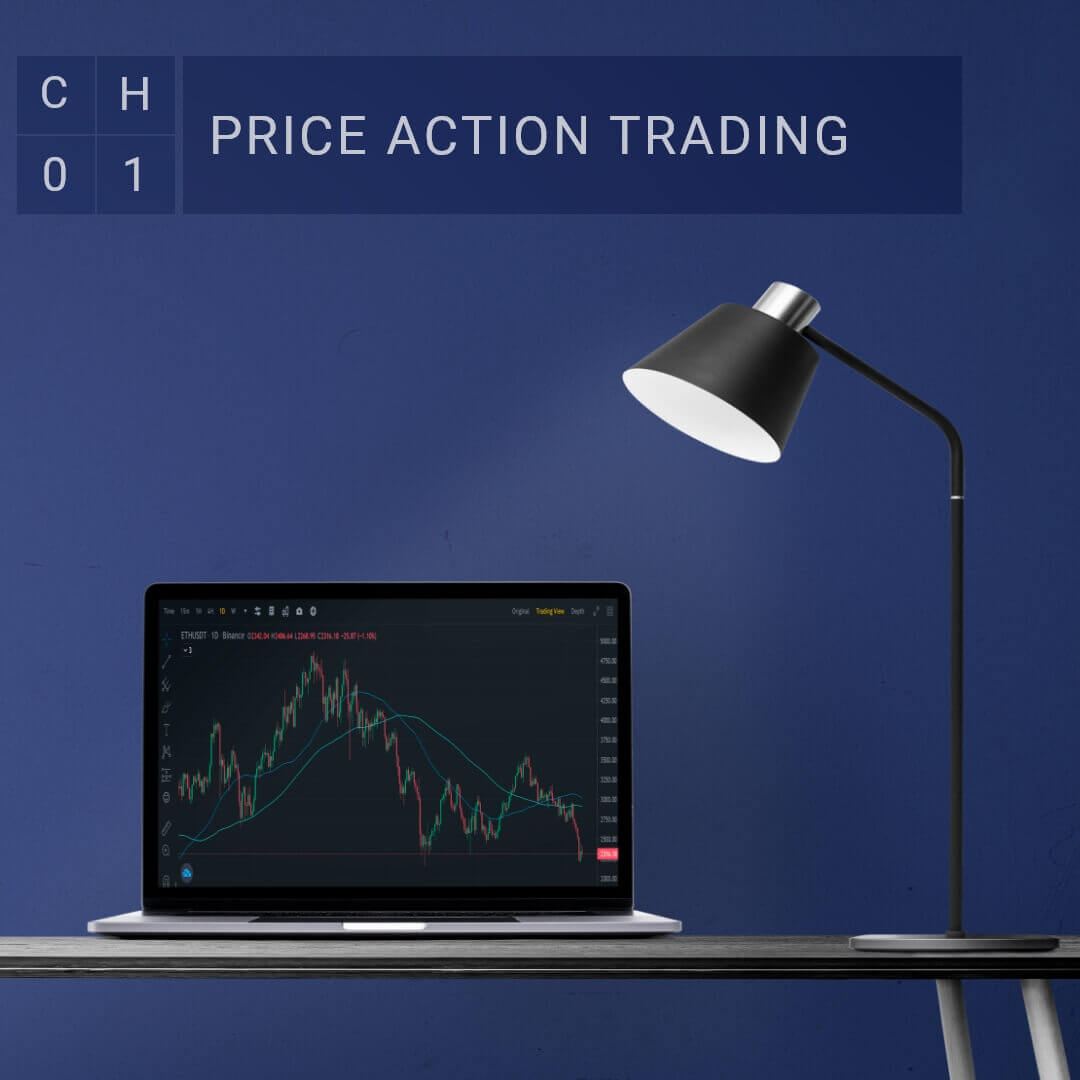
Price Action Trading - A complete guide for traders
Trading price action examines a securities, indexes, commodities, or currencies behavior in order to forecast...
Read More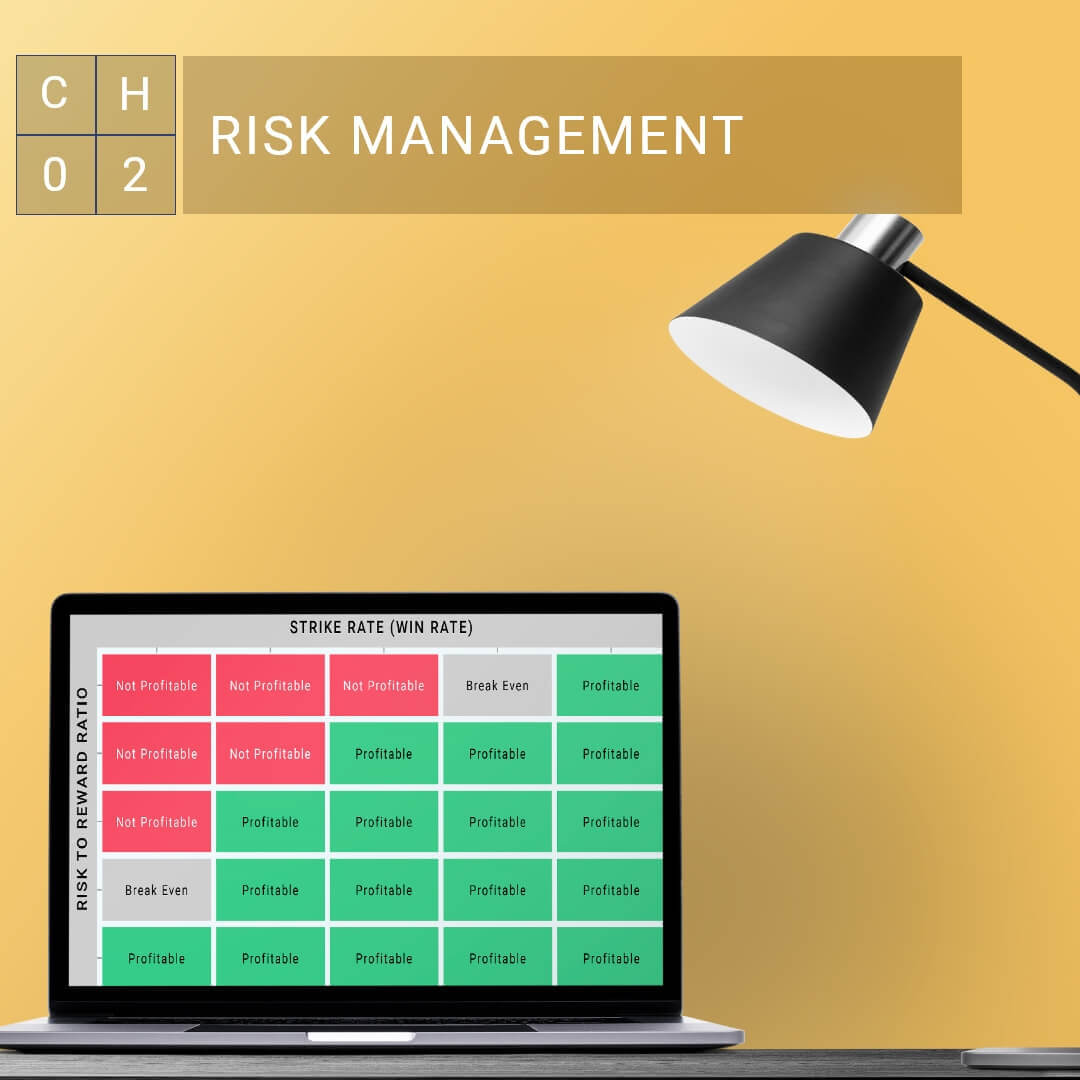
Top 03 Risk Management Strategies for Traders
Risk management refers to the practices that are put in place while trading to assist in keeping losses under...
Read More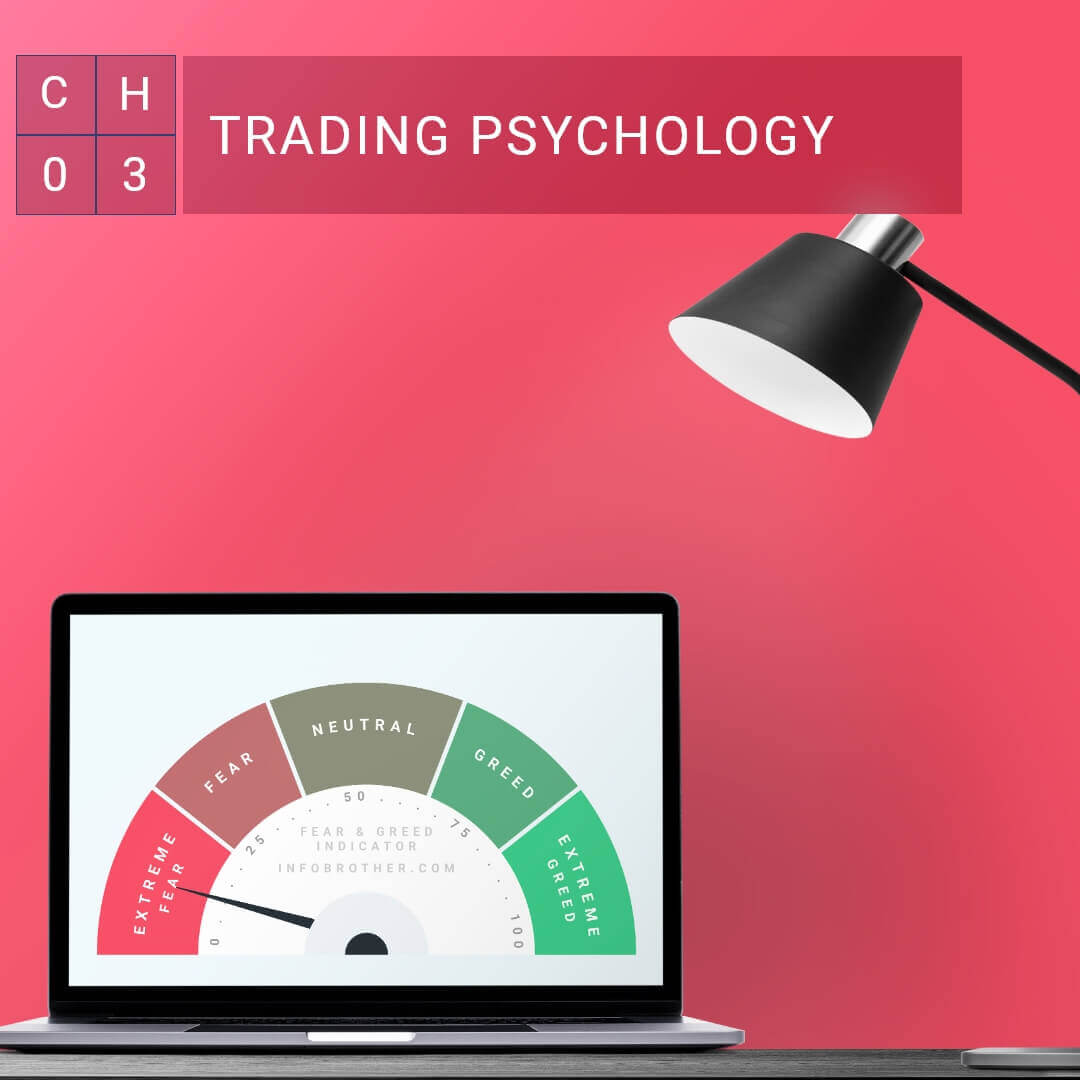
Trading Psychology: Why Does the Mind Matter in Trading?
Trading psychology covers a trader's approach to making profits and dealing with losses. Fear and greed are the...
Read More
Trading Plan - 05 Steps to build a successful trading plan
A trading strategy is a crucial foundation for traders to follow throughout the trading process. Part of a trading...
Read More
